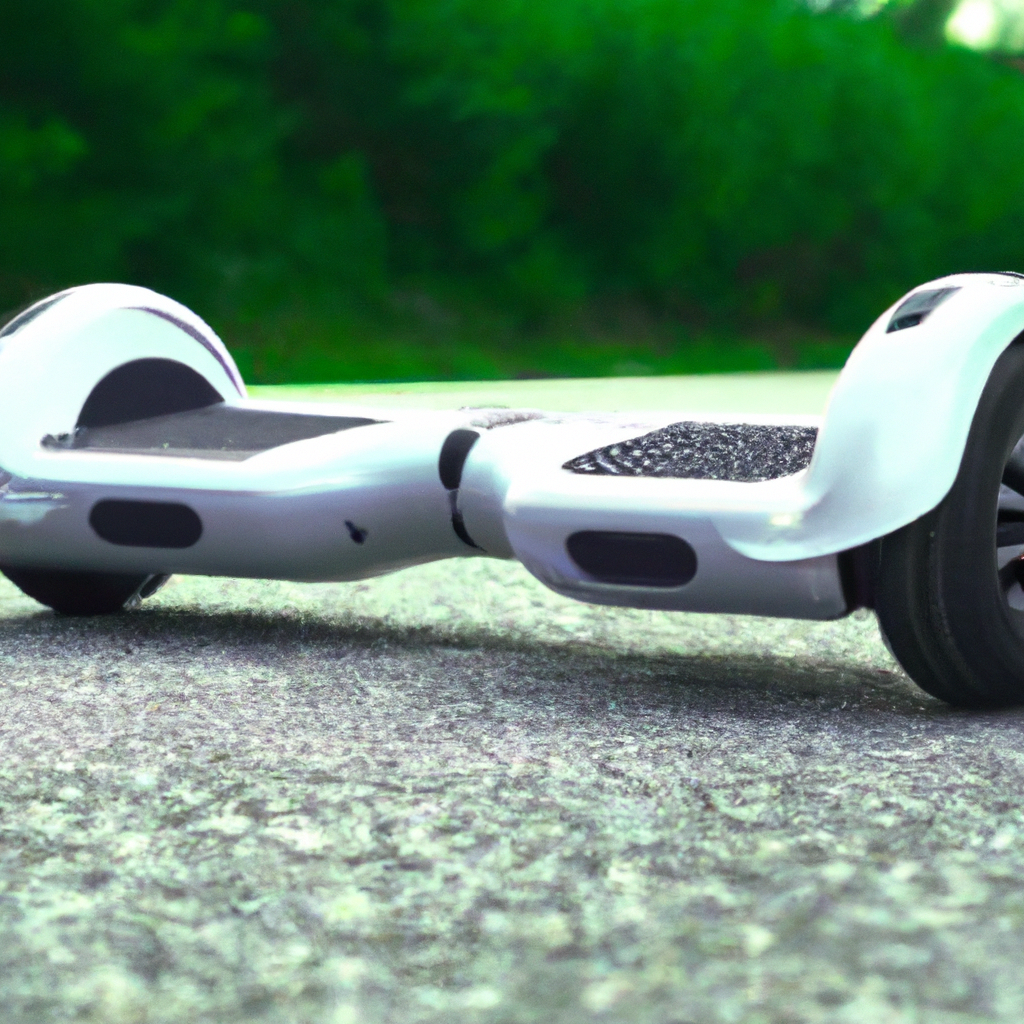Hoverboards, also known as self-balancing scooters, have been the talk of the town ever since they first hit the market. These personal mobility devices have gained immense popularity in recent years as a fun and eco-friendly mode of transportation. But how do hoverboards work? In this article, we will explore the science behind hoverboards and how they utilize gyroscopic technology to keep riders balanced while cruising around town.
What is a Hoverboard?
Before we dive into how hoverboards work, let’s first define what they are. A hoverboard is a battery-powered personal transportation device that consists of two wheels connected by a platform. The rider stands on the platform, and the device is controlled by shifting the rider’s weight. The device is called a hoverboard because it gives the illusion of hovering above the ground, even though it is rolling on wheels.
Gyroscopic Technology
The key to how hoverboards work is gyroscopic technology. A gyroscope is a spinning wheel or disk that maintains its orientation regardless of external forces. A hoverboard has two gyroscopic motors, one for each wheel, that keep the device balanced.
When the rider steps onto the hoverboard, the two gyroscopic motors start spinning. As the rider shifts their weight forward or backward, the gyroscopic motors adjust the speed of the wheels to maintain balance. This is similar to how a bicycle stays upright when a rider is pedaling. The gyroscopic motors keep the hoverboard balanced by adjusting the speed of the wheels, so the rider doesn’t fall off.
Electric Transportation
Hoverboards are powered by rechargeable lithium-ion batteries. These batteries are located inside the device’s platform and provide the energy needed to run the gyroscopic motors and control the speed of the wheels. The batteries can take anywhere from 1 to 3 hours to fully charge and can provide up to 12 miles of travel on a single charge, depending on the model.
The rider controls the speed of the hoverboard using their feet. To move forward, the rider leans forward, and to slow down or stop, the rider leans backward. The maximum speed of a hoverboard varies depending on the model, but most hoverboards can reach speeds of up to 10 miles per hour.
Safety Features
Hoverboards have several safety features built-in to prevent accidents and injuries. For example, most hoverboards have a maximum weight limit of 220 pounds, and riders are encouraged to wear helmets and other protective gear. Additionally, some models have LED lights that help riders see and be seen in low light conditions, and some models even have Bluetooth speakers for listening to music while riding.
Conclusion
In conclusion, hoverboards are a fun and eco-friendly mode of transportation that utilizes gyroscopic technology to keep riders balanced while cruising around town. The rider controls the speed of the hoverboard by shifting their weight forward or backward, and the device is powered by rechargeable lithium-ion batteries. Hoverboards have several safety features built-in to prevent accidents and injuries, including maximum weight limits and LED lights for visibility. As technology continues to advance, we can expect to see more innovative and exciting personal mobility devices like the hoverboard on the market.







